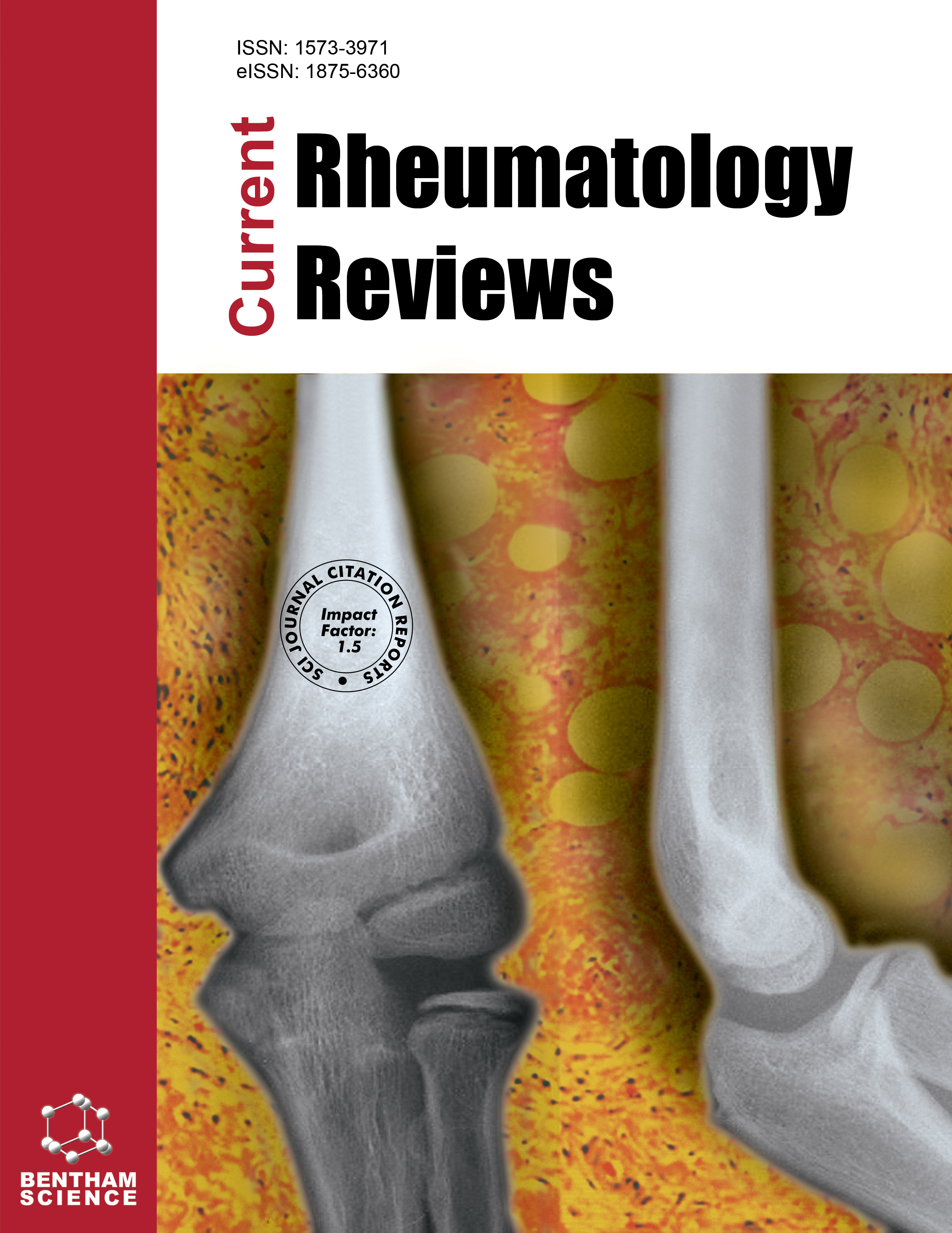-
oa Editorial [Hot Topic: Biomarkers of Osteoarthritis (Guest Editor: Guangju Zhai)]
- Source: Current Rheumatology Reviews, Volume 6, Issue 4, Nov 2010, p. 233 - 233
-
- 01 Nov 2010
Abstract
Osteoarthritis (OA) is the most common form of arthritis and results in substantial morbidity and disability in the elderly and imposes a great economic burden on society. While there are drugs available on the market that mitigate pain and improve function, there are no drugs that can cure, reverse or halt disease progression, partly because there is no reliable method that we can use to identify early OA changes. There is a pressing need to develop reliable biomarkers that can inform about the process of joint destruction in OA. Such biomarkers could aid in drug development by identifying fast progressors and detecting early response to therapy and so reducing patient numbers and time required for clinical trials. Over the last several years, dramatic advances in our understanding of the biochemistry of cartilage and of the ability to image biochemical and structural changes within cartilage using MRI techniques have led to a cascade of studies testing proteins and imaging findings as biomarkers of OA. Gene assay signatures and other signals of molecular changes within the joint promise other exciting future opportunities to characterize dynamic processes with the joint. This issue of Current Rheumatology Reviews features a selection of special review articles, which focus on the current state of biomarkers of OA. Dr. Livshits et al. summarize the data on the efficacy of the relevant biochemical factors affecting all the components of the joint that could be therefore useful targets in the treatment of OA. Dr. Cicuttini et al. review the research progress of three dimensional image technique - MRI in early diagnosis of OA. Dr. Valdes provides an overview of genetic factors of OA, particularly the recent findings from genome-wide association studies. And Dr. Williams et al. summarize the state of play of imaging biomarkers in the spine with emphasis on degenerative disc disease. These articles are important reading for rheumatologists as they give us a sense of the current state of the biomarkers of OA.


